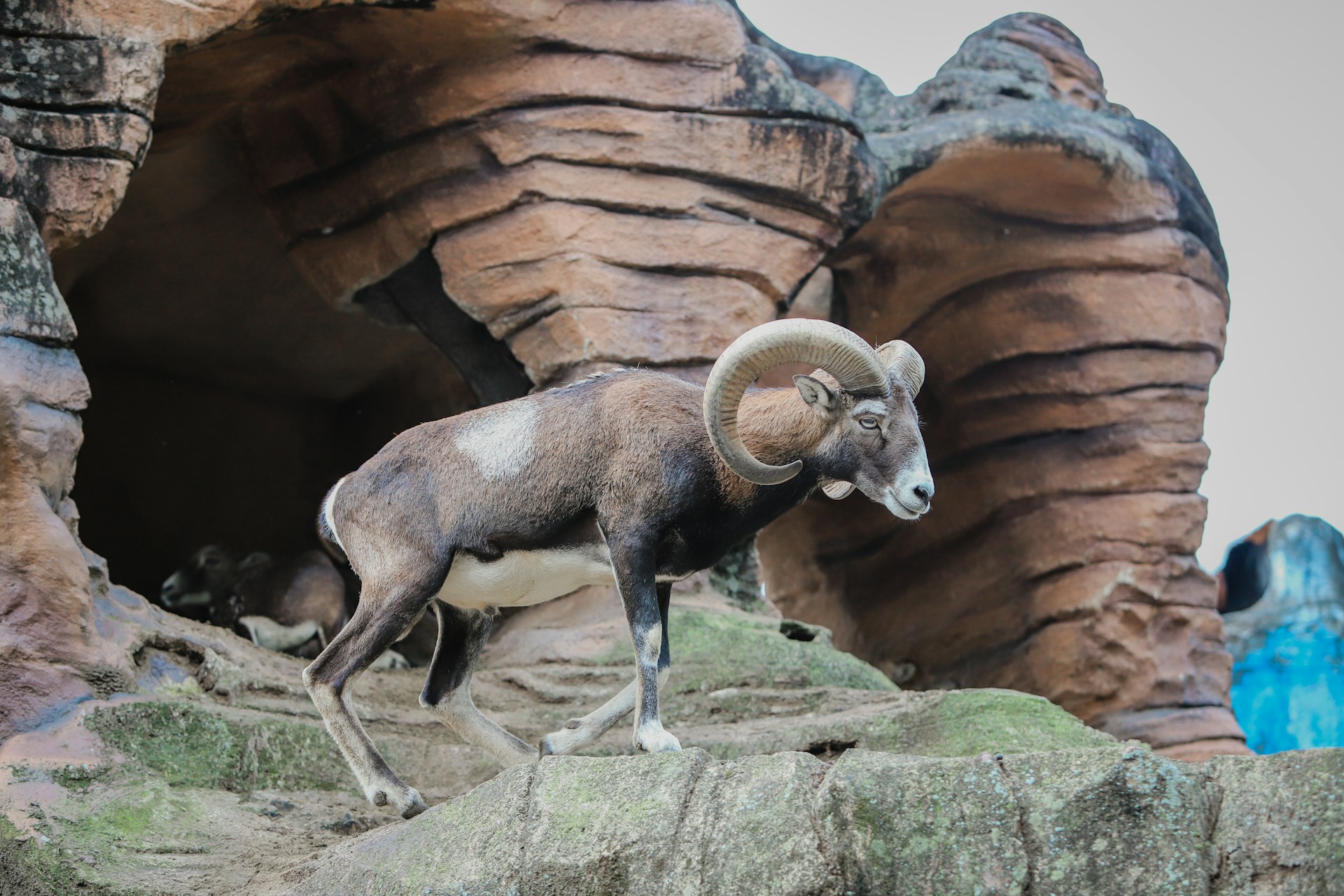About 31 km into today's stage we pass through the town of Nyons, famous for its black olives. Spoiler alert: most of the black olives you find in supermarkets or on your pizza are actually green olives. Manufacturers pick all olives at the same time to save money and energy. The longer an olive stays on the tree, the more risk they fall off or are no longer good. To prevent this, everything is harvested at the same time, and some olives are blackened. This is done with a chemical process, where a caustic soda makes the bitter taste of a green olive disappear. Then they are coloured black.
This is not the case with the famous olives of Nyons. They are used for olive oil or as an ‘aperitif’ with a nice glass of Rosé Provençal. The olives that grow in and around Nyons are black and of a special variety: the tanche. They are only found here. It is the strongest olive variety there is, with a very refined flavour, according to many culinary fans. Those olives are dried in the wind after harvesting which gives them their wrinkly appearance. The first pressing takes place in February. On the first weekend of that month the festival Alicoque is held to celebrate the production of the new olive oil.
The old olive mill in Nyons is now a museum with a shop where everything exudes the adoration of the tiny olive. Loose olives, tapenades, canned olives, olive soap, olive wood gadgets, and, of course, the oil. Virgin, as well as extra vergine. The tanche olive oil became the first to receive an Appellation d'Origine Protegé status and seal of approval in 1994.
The olives to eat or to use for tapenades are harvested later than the ones for oil. They need a few more cold nights on the tree to get that extra special flavour, and some extra wrinkles too.
Just before our finish in winter sports resort Super Dévoluy we pass through the town of Dévoluy itself. There you find a rather big herd of Merino sheep. Merino wool is a product also used in cycling. The base layers of various brands are made from Merino wool. It’s not the look and feel you expect from woollen garments. That’s because these sheep produce very special wool.
The mouflon sheep of Asia Minor are thought to be the ancestors of the sheep we find along the course making them one of the oldest breeds of sheep in the world. It was domesticated after the goat around 8,500 BCE, but wool production only appeared in historical sources around 6,000 BCE. The sheep were then imported from Spain to France around 1780.
These sheep are well adapted to harsh climatic conditions, and to the cold of the altitude of around 1,500 meters in this region. Their winter wool is highly insulating. In summer, the same wool is breathable and insulates them from the heat to keep them cool. The herd in Dévoluy is shorn once a year, in November. Its very fine, elastic and ultra-soft wool is extremely durable and perfect for base layers that are thin, soft on the skin, and insulating.
I am confident the peloton won’t need Merino base layers today but trust me, you do for those winter rides.
Did we do a good job with this story?





